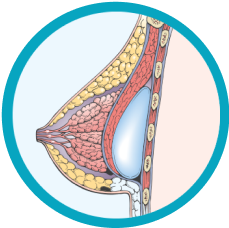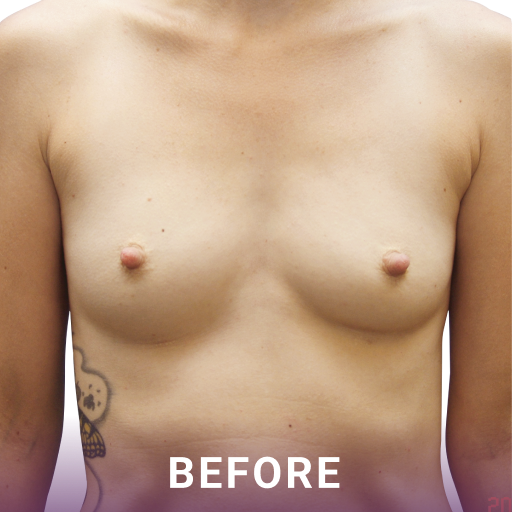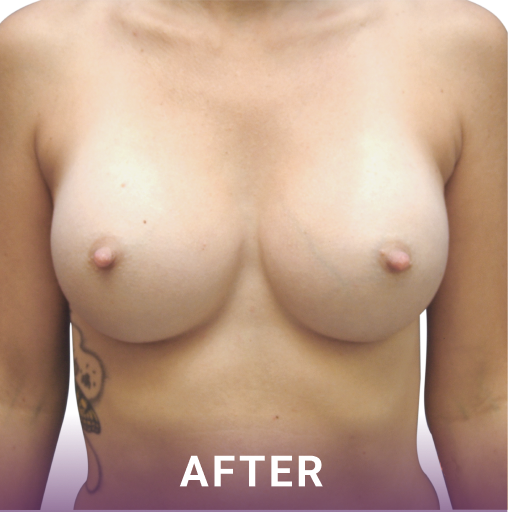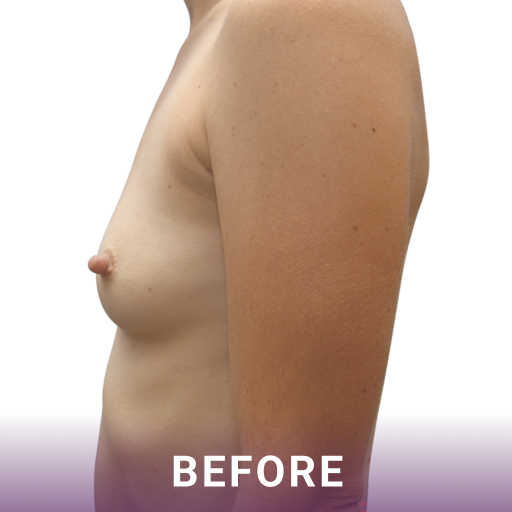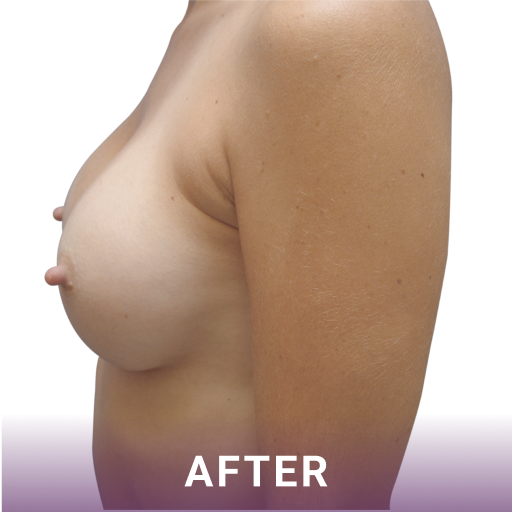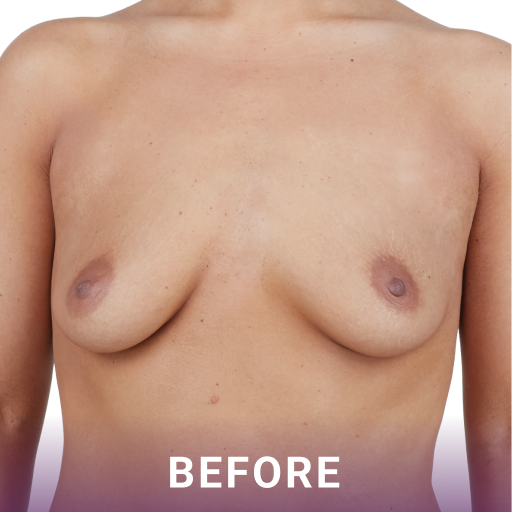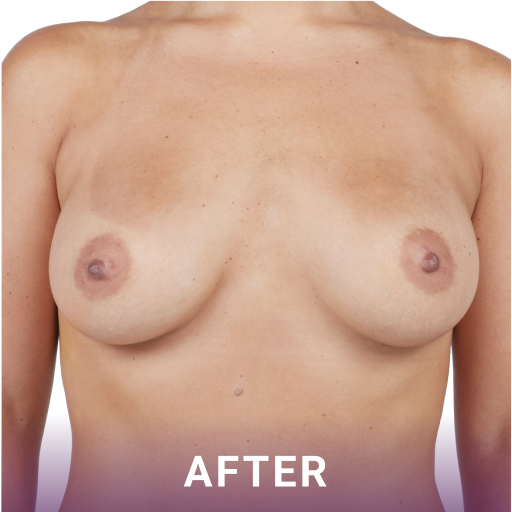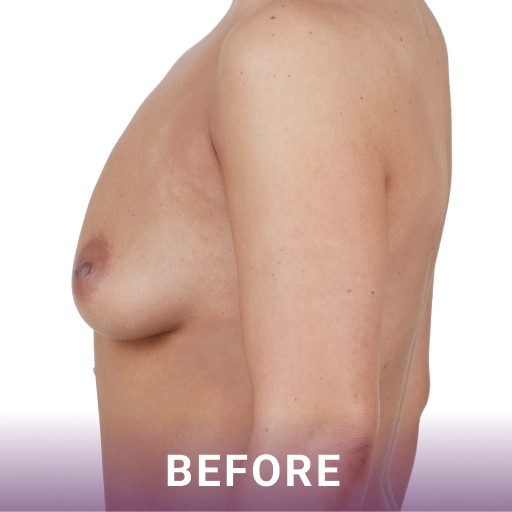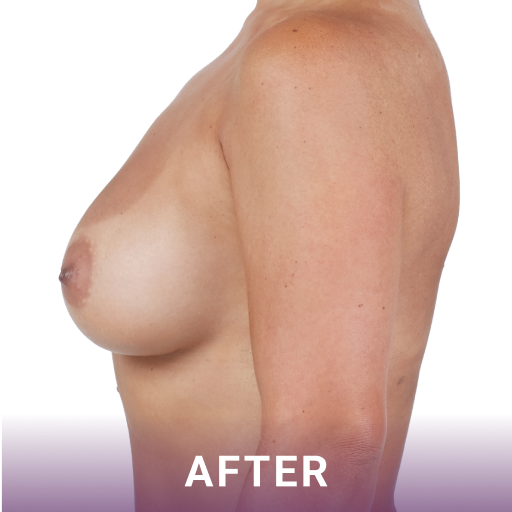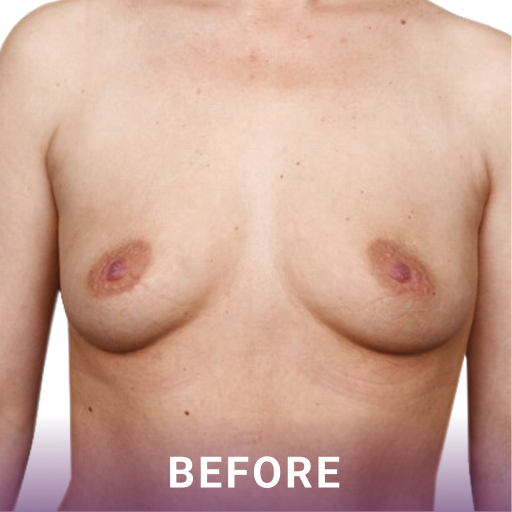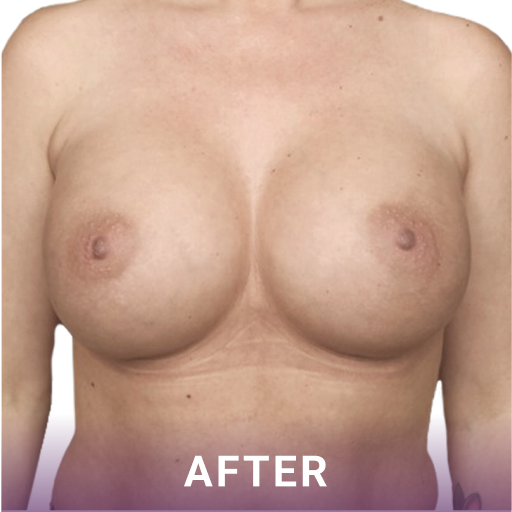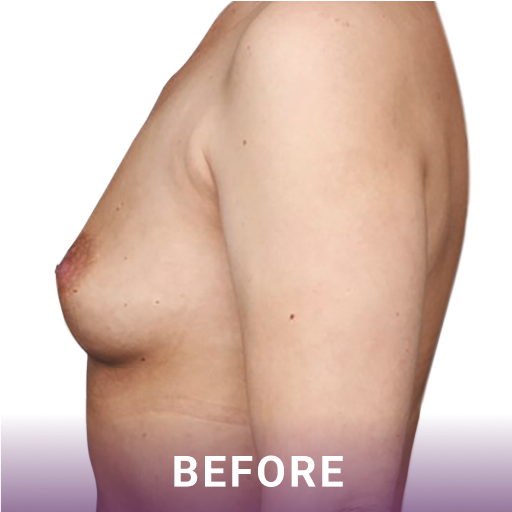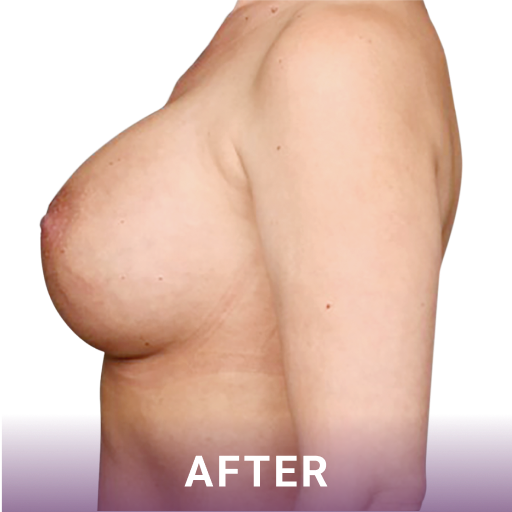

For the look and feel you’ve always wanted
“After the surgery, my breasts looked amazing. They were buoyant, they were voluptuous, they were a perfect fit for my body.”
LAURELLY
Actual Canadian patient. Individual results may vary.


Inspiring the perfect fit with Natrelle® Inspira® implants
Natrelle® Inspira® is the only breast implant line that offers 3 distinct silicone gels in 5 projections to help you get the look you’ve always wanted.
EXPLORE NATRELLE® INSPIRA®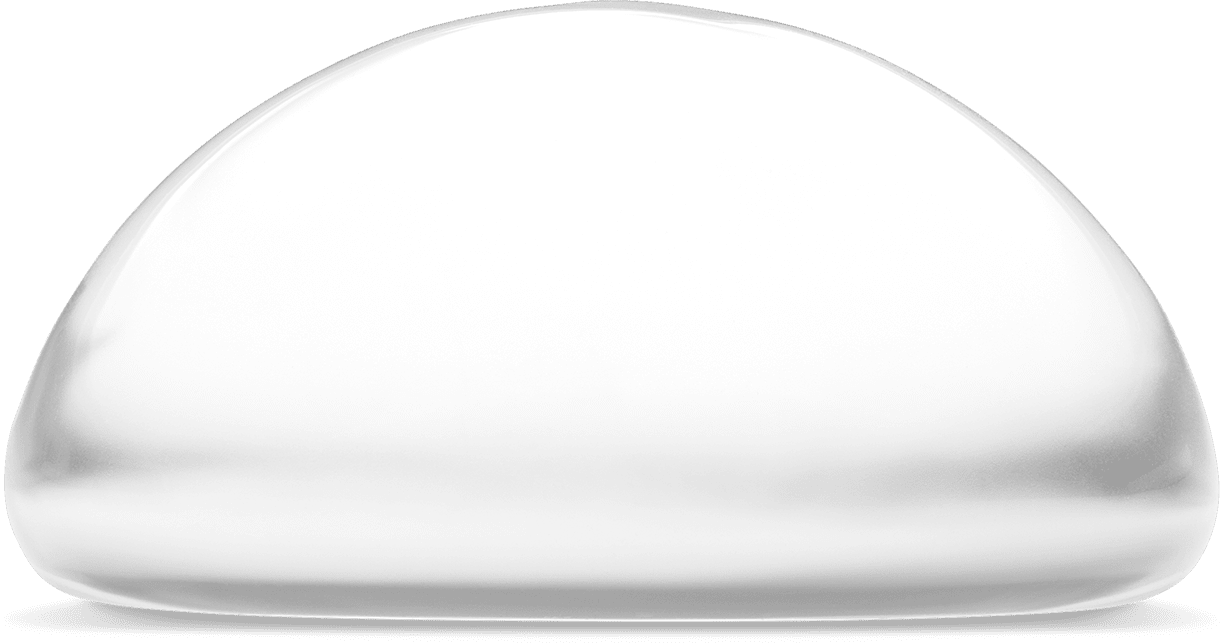
Breast augmentation
There are many reasons why you may be considering breast augmentation surgery. Some women feel their breasts are small, asymmetrical, or disproportionate with their bodies. Some women have seen their breasts change in firmness and volume from age or having children. Whatever the case may be, your personal reasons and motivations are the most important consideration when contemplating breast augmentation surgery.
Find what’s right for you
Every body is different, and there are several factors to consider with your surgeon when deciding on which breast augmentation implant type is best for you. Before providing a recommendation, your surgeon will take several measurements and evaluate your skin and breast tissue in a process known as biodimensional planning. Together, you’ll choose the right implant for you. Download our comprehensive guide to breast augmentation surgery to learn more and help support your decision.
DOWNLOAD YOUR GUIDEActual Canadian patient. Individual results may vary.


Actual Canadian patient. Individual results may vary.


Invest in yourself with confidence
The cost of breast augmentation surgery will depend on your surgeon, where the operation is performed, the type of implant you choose to have, as well as additional considerations like if a breast lift is needed.
Initial consultation
Many women begin their breast augmentation journey by asking friends and family who’ve had the surgery or searching the internet for information. While these are good places to start, your plastic surgeon is the most valuable resource for information. During a consultation, they will help you understand the benefits and risks of breast augmentation surgery, as well as which breast implant option will work best for you and your body.
Find a clinic

Pre-surgery planning
It’s important to stay informed every step of the way and remain confident in your decision. Leading up to your breast augmentation surgery, you will meet with your surgeon to discuss the procedure in detail. You will also be provided guidance for what to do before and after the surgery.
Breast augmentation incision types
There are 3 common breast augmentation incision types. Your surgeon will work with you to determine the best one for you.

.png)



Start your breast augmentation journey today
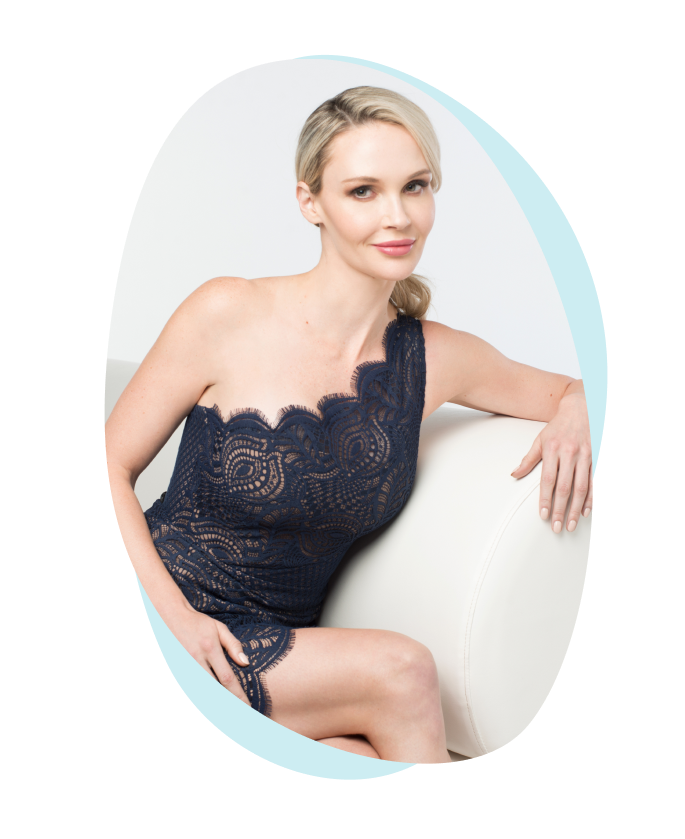
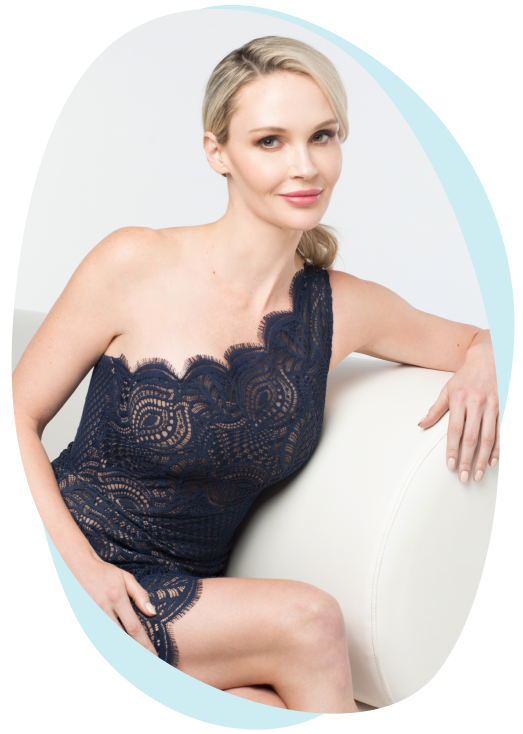
Actual Canadian patient. Individual results may vary.
Start your breast augmentation journey today
“For people that are considering the surgery, to them I would just say forge ahead…It will make you a more confident, secure, happy individual.”
LAURELLY

Before and after never looked better
See before and after photos from real Natrelle® Inspira® breast augmentation patients.
Actual Natrelle® patients. Individual results may vary.


See your possible augmentation results with our new Natrelle® 3D Breast Visualizer


Frequently asked questions
Breast augmentation is a surgical procedure to increase breast size.
The cost of breast augmentation surgery will depend on your surgeon, where the operation is performed, and the type of implant used.
Women with breast implants are still able to have accurate mammograms, though it may be more difficult. Women should ask to have their mammography exams performed and interpreted at centres experienced in the evaluation of women with breast implants. Other breast screening exams such as ultrasound and MRI can also be performed when necessary. For more information, please read the complete patient information.
Alcohol should be avoided for at least 24 hours after surgery and while you’re taking prescription pain medications. Most surgeons recommend that you avoid drinking alcohol for two weeks before and after the procedure to prevent complications.
Initially after surgery, it is generally recommended that you wear a post-operative surgical bra or breast binder to help stabilize the implants.
Your surgeon will advise you on when you can start exercising again, as this can vary depending on the location of your incision and the placement of your breast implants. For at least a couple of weeks after your surgery, you should avoid vigorous exercises and activities. Some surgeons may recommend that you go for frequent, short, light walks instead, as this can help prevent blood clots and is good for your circulation. Before starting any activity, always talk to your surgeon.
Your experiences during recovery are directly affected by what happens during your surgery. Shorter recovery times are now more common, thanks to advances in surgical techniques. Initially after surgery, it is generally recommended that you wear a post-operative surgical bra or breast binder to help stabilize the implants. Additionally, you will be required to refrain from vigorous exercise or other activities. For more information on what you can expect during and after your surgery, speak with your surgeon.





